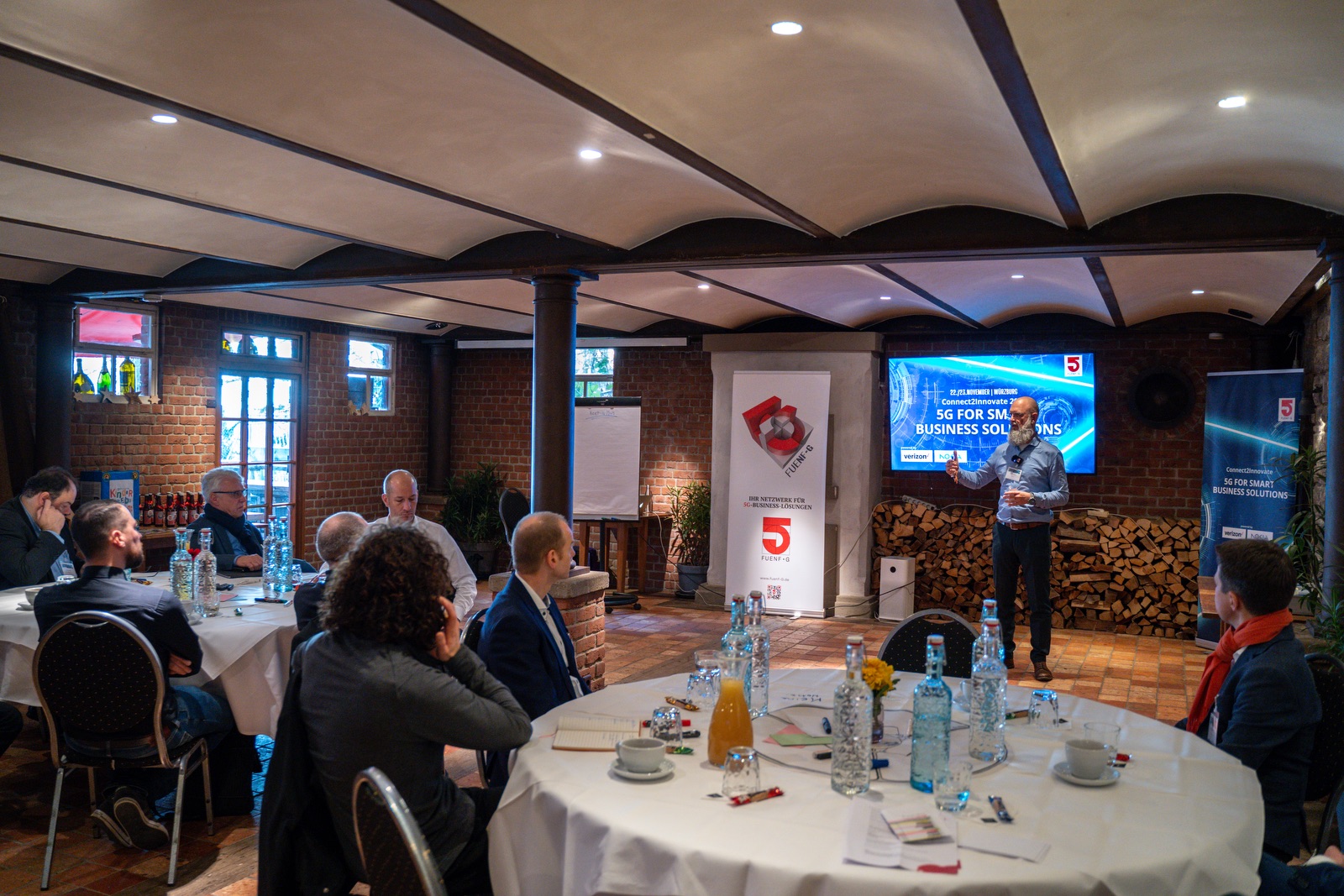Bad weather, wars, epidemics – 5G helps improve the resilience and flexibility of enterprise networks. (Source: Frank Cone / Pexels)
In addition to bandwidth, quality management and cybersecurity, the resilience of corporate networks has increasingly come into focus in recent years – primarily when there have been serious failures. The increasing spread of 5G also in the area opens up new options in combination with current network technologies, which, according to IDC, will experience considerable popularity in just a few years.
After 5G was initially offered mainly in metropolitan areas, where large numbers of participants could be achieved with manageable investments, the expansion across the country is now progressing rapidly.
Telekom and Vodafone
Deutsche Telekom reports more than 100,000 mobile radio antennas nationwide, spread over more than 32,000 locations. The vast majority already transmit 5G, but often still via DSS (Dynamic Spectrum Sharing), which enables 5G non-standalone (NSA) in combination with LTE. According to Telekom, 91 percent of the population is now reached in this way with 5G.
Vodafone now has more than 18,000 5G antennas in operation in Germany, covering around 45 million people. However, the mobile operator pursues a slightly different strategy and focuses very strongly on the topic of 5G SA, which Vodafone markets under the name “5G+” as a “real-time network” – not to be confused with the next 5G release “5G Advanced”. For 5G+, Vodafone claims coverage of 10 million inhabitants, reached by over 4,000 antennas.
Telefónica and 1&1
Telefónica with its O2 mobile communications brand also reached an important milestone in April: the number of 5G antennas alone exceeded the 10,000 mark. Half of them transmit on 3.6 GHz. Both on this frequency and in the 700 MHz band, Telefónica offers 5G standalone (5G SA), while on the frequencies at 1,800 MHz, frequency sharing DSS is offered together with LTE. According to their own information, around one in three Germans can receive 5G in the O2 network. In large cities the rate is significantly higher, in some cases over 80 percent.
The fourth in the group, 1&1, has not yet launched its own 5G network. Initially, around 1,000 base stations are to be built by the end of the year, that enable FWA (Fixed Wireless Access) reception – the wireless alternative to the DSL connection. Only in mid-2023 will the mobile network of 1&1 be switched live. According to the conditions from the frequency auction, the provider must supply at least 25 percent of households with 5G by the end of 2025.
Companies “untether” their infrastructure
The increasing availability of high-bandwidth and low-latency cellular connections will not only drive local applications in the industry, but will also change the structure of enterprise networks, according to IDC analysts. In its analysis “The Future of Connectedness, the market research company states that the principle of “wireless first” will become mainstream in the field of wide area networks (WAN) as early as 2024, i.e. in just over two years. IDC expects that 65 percent of WAN investments by companies, industrial companies and the public sector will be invested in mobile communications connections, i.e. primarily in 5G technologies.
Drivers of this trend include recurring connectivity issues. Even if independent – wired – network connections are installed, it is repeatedly shown that this is not enough. Often the problems occur on “the last mile” and then affect all connections equally, for example when roads and the underlying supply infrastructure are torn away during floods. In order to improve the resilience of the company connection, those responsible are therefore increasingly relying on wireless alternatives.
5G meets NaaS
In addition to the expansion of correspondingly powerful mobile networks, this strategy is also supported by another technology trend: the increasing use of virtual networks, which IDC summarizes under “Network as a Service” (NaaS). According to the analysts’ forecast, around 60 percent of medium-to-large enterprises (NaaS) will adopt by 2025 to enable operational agility, service customization and flexible usage models that support complex network and multi-cloud environments.
NaaS includes three different network strategies: SD-WAN (Software-defined Wide Area Networks), which work with their own virtual network layer. Then Secure Access Service Edge (SASE), a network technology that builds on existing IT security infrastructure. And last but not least, Universal CPE (uCPE), based on generic network hardware into which only the required functions are loaded.
“Edge” is redefined
One of the drivers of 5G in industrial production environments is edge computing – the operation of high-performance servers at the edge of manufacturing, where big data and AI applications can be used, for example, to control machines or to monitor product quality.
In the meantime, however, it has become apparent that corporate networks are also fraying more and more and that the “network edge” is increasingly coming into focus. Not only because of the ever-increasing mobility, but also because locations suddenly fail. Be it by shifting work from the office to the home office, as at the beginning of the corona pandemic. Or by the effects of bad weather that lead to the failure of sites or the grid infrastructure, for example due to floods, or when drought and heat cause power outages, because forest fires interrupt the lines, power plants are shut down due to lack of cooling water or the grids simply collapse due to the overload of climate units.
Last but not least, Russia’s invasion of Ukraine has also meant that company locations have had to be relocated unexpectedly. Ukrainian seamstresses moved to France, Ukrainian IT service providers started their work in Poland or Romania after a short time. And their Russian colleagues, who had fled the threat of military service and internet blocks, are now working from Georgia and Kazakhstan.
Virtualized networks and wireless, high-bandwidth cellular connections minimize the impact of sudden interference. In this respect, not only applications in industry, but also office workers are increasingly part of the “edge computing”, which is only made possible by the increasing spread of 5G networks.









Leave A Comment